Balboa Park: Japanese Teahouse & Garden
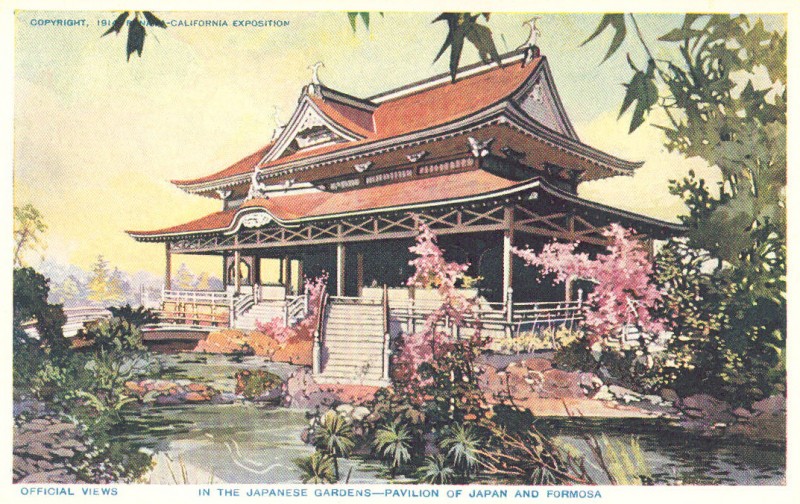
Japanese Teahouse & Garden
Among the many exhibits at the Panama-California Exposition were a Japanese teahouse and garden. They were created by Watanabe and Shibada, a firm based in San Francisco, and all the building components were made in Japan and shipped to San Diego. Though the original building appeared to have two roofs, it was a single story structure with a lower roof that shielded an open veranda. The main roof had curved eaves, creating a dramatic effect, and both roofs were covered with wood shingles instead of tiles. Asakawa family members operated the teahouse from 1917 until their internment in 1942, when the American Red Cross turned it into a lounge for personnel from the Naval Hospital, an arrangement that continued until 1946. The teahouse lacked adequate funding and by that time needed serious repairs. The animosity toward Japan during and after the war years also reduced interest in the once popular attraction, which was repeatedly vandalized. In 1954, Milton G. Wegeforth, president of the Zoological Society, asked the City of San Diego to reassign the two acres on which the teahouse and garden were situated to the Society for a children’s zoo. The request was granted and in 1955 workers demolished the Japanese teahouse and its beautiful garden. DARLENE G. DAVIES
What was it like to live in the Japanese teahouse in Balboa Park? Moto Asakawa personally experienced it. He was born in San Diego in 1915, the first year of the 1915-16 Panama-California Exposition, and went to live in the Japanese teahouse in Balboa Park when his mother took over its operation in 1917 after the Exposition closed. Since there was only limited living space in a room on the back side, Moto slept in the unfinished attic above the main teahouse. When he was a youngster, he enjoyed living there, especially during the day. He was scared at night because the teahouse was surrounded by trees and was very dark. When he was eight years old, Moto was confronted (and bitten) by a monkey who entered the teahouse after escaping from the adjacent San Diego Zoo. As Moto and his younger brother George got older, their chores around the teahouse increased in difficulty. As young boys, they painted the two bridges red every couple of years. When they were older, they had the task of replacing the rice paper in the building’s sliding shoji screens. This was done annually because local boys persisted in poking their fingers through the paper. Moto and George also helped with garden maintenance, including pulling weeds, thinning the giant bamboo, and harvesting bamboo shoots for food. Working and living in the park provided lots of areas for youngsters to explore. The family continued to operate the teahouse and the 1935-36 Exposition years were especially busy. In addition to traditional snacks and green tea ice cream, the menu was expanded to include chicken salad and ham sandwiches, as well as a noodle dish.

In 1942, the Asakawa family was sent to an internment camp. Members did not return until 1949, and they never again visited the teahouse before it was torn down in 1955. Linda A. Canada, archivist, Japanese American Historical Society of San Diego

Japanese Tea Garden: Photographs courtesy of David Marshall Moto Asakawa and Family: Photographs courtesy of Japanese American Historical Society of San Diego, Asakawa Family Collection
Directory
The Great Panama-California Exposition
1915 Panama-California Exposition
Spreckels Outdoor Organ Pavilion
Gardens of the Panama-California Exposition
Legacy of the Foreign Arts Building
Panama-California Sculpture Court
Commerce and Industries Building
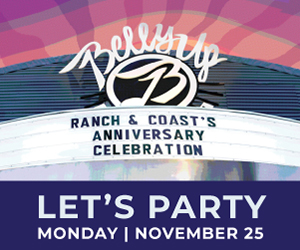


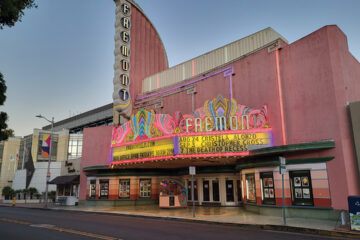
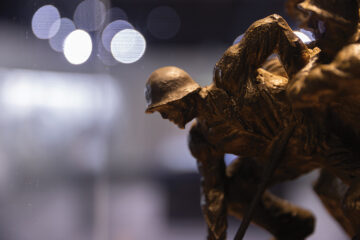
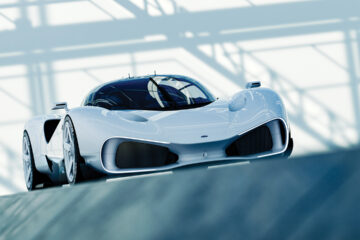
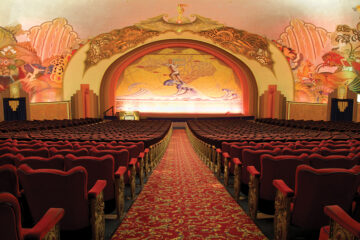
Comments